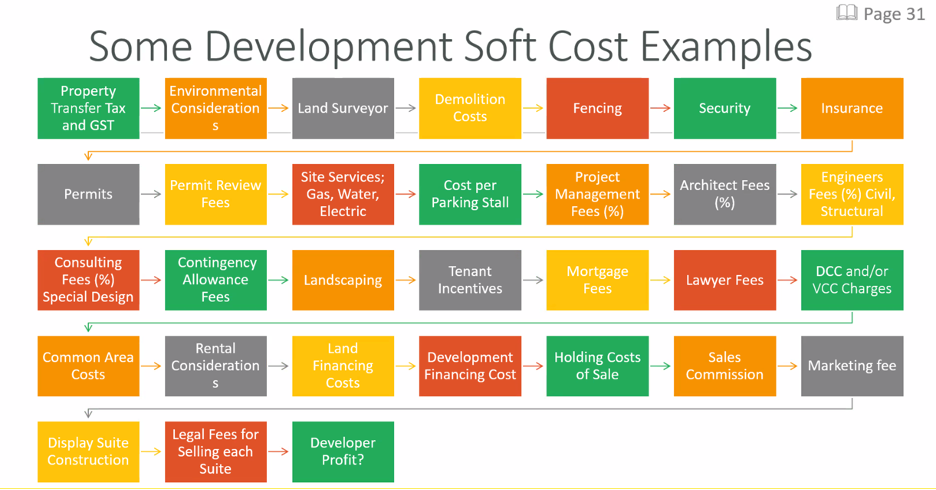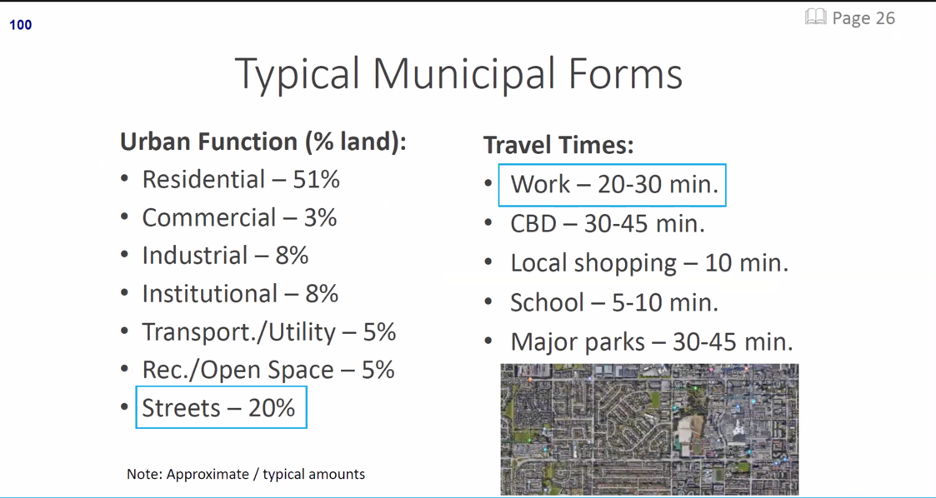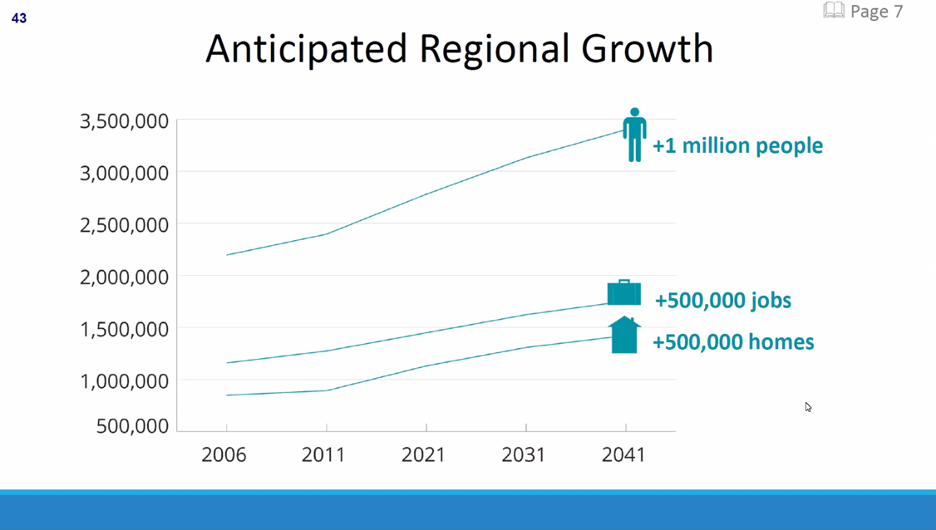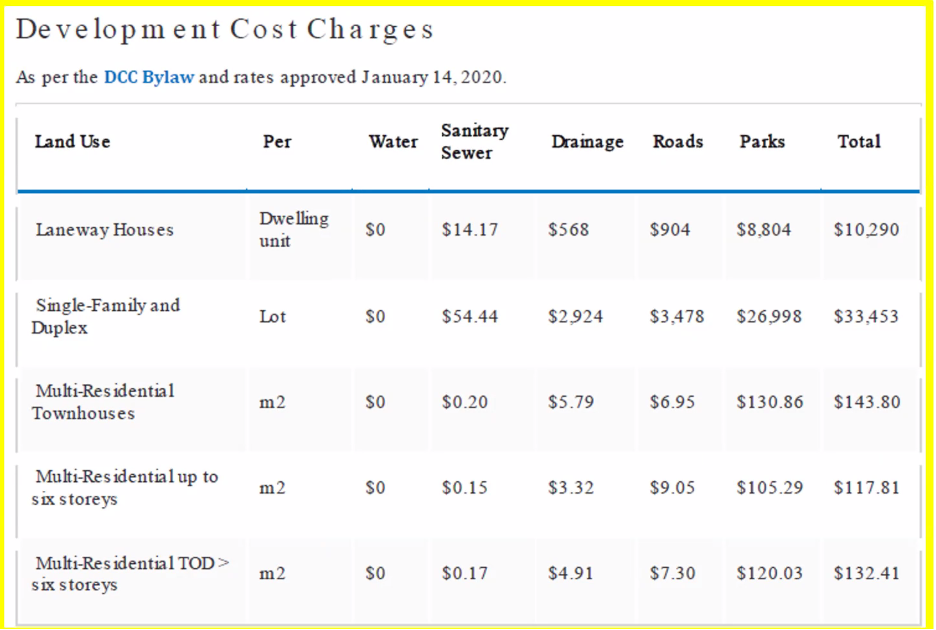The housing market in Greater Vancouver has become a focal point of concern, especially as costs continue to rise. It’s crucial to examine the factors driving these increases and their implications for both current and future residents.
The Challenge of Construction Costs

One of the primary issues is the escalating cost of construction. As Hani Lammam, Executive Vice-President of Cressey, noted, “even with free land, we cannot build homes people can afford.” This stark reality reflects the significant hurdles developers face, often overshadowing more optimistic narratives circulated by politicians and the media.
Impact on Younger Generations
For many young people, the reality of homeownership is increasingly out of reach. They are contending with skyrocketing prices amid a disjointed approach to housing policy from various levels of government. This misalignment exacerbates the challenges they face.
The Challenge of Construction Costs

One of the primary issues is the escalating cost of construction. As Hani Lammam, Executive Vice-President of Cressey, noted, “even with free land, we cannot build homes people can afford.” This stark reality reflects the significant hurdles developers face, often overshadowing more optimistic narratives circulated by politicians and the media.
Impact on Younger Generations
For many young people, the reality of homeownership is increasingly out of reach. They are contending with skyrocketing prices amid a disjointed approach to housing policy from various levels of government. This misalignment exacerbates the challenges they face.
Developer Perspective
From a developer's standpoint, the financial commitment to initiate housing projects is substantial. Housing development is inherently a business, and investors seek reasonable returns. Currently, only about 51% of land is designated for residential use, which constrains supply and drives up costs.

Immigration Trends
Recent immigration trends also play a significant role. Last year, British Columbia welcomed approximately 180,000 newcomers, many of whom are entering a rental market that is already strained, with a vacancy rate below 2%. This influx further intensifies competition for available housing.

The Role of Skilled Labor

Development Cost Charges aka DCC
A recent proposal to increase Development Cost Charges (DCCs) has sparked debate. These fees, designed to cover the infrastructure costs of new developments, may further strain housing affordability. An alternative approach could involve distributing these costs across all residents in the Lower Mainland, though this raises questions about equity and effectiveness.

Industry Insights
Concerns from industry leaders highlight the need for change. Chris Gardner from the Independent Contractors and Businesses Association pointed out that “the growth-pays-for-growth model is broken.” Similarly, Beau Jarvis, President and CEO of Wesgroup, has advocated for deferring DCCs to better address current challenges.
City-Imposed Costs

Immigration Trends
Recent immigration trends also play a significant role. Last year, British Columbia welcomed approximately 180,000 newcomers, many of whom are entering a rental market that is already strained, with a vacancy rate below 2%. This influx further intensifies competition for available housing.

The availability of skilled labor is another critical factor. Construction sites often prioritize larger projects over rental developments, leading to delays and increased costs.
Bureaucratic Delays
Moreover, bureaucratic red tape often leads to costly delays. While discussions among policymakers are essential, the effectiveness of these meetings can be questioned, as developers ultimately bear the financial burdens—costs that are passed on to consumers. There’s a strong case for the government to utilize its own land for housing and engage directly in construction to gain a better understanding of the challenges faced by developers. Policy Impact Although the current government has implemented positive policies since 2017, the introduction of over 15 new regulations has sometimes had unintended negative effects. Greater collaboration with industry professionals could facilitate more effective planning and execution.
Moreover, bureaucratic red tape often leads to costly delays. While discussions among policymakers are essential, the effectiveness of these meetings can be questioned, as developers ultimately bear the financial burdens—costs that are passed on to consumers. There’s a strong case for the government to utilize its own land for housing and engage directly in construction to gain a better understanding of the challenges faced by developers. Policy Impact Although the current government has implemented positive policies since 2017, the introduction of over 15 new regulations has sometimes had unintended negative effects. Greater collaboration with industry professionals could facilitate more effective planning and execution.

Development Cost Charges aka DCC
A recent proposal to increase Development Cost Charges (DCCs) has sparked debate. These fees, designed to cover the infrastructure costs of new developments, may further strain housing affordability. An alternative approach could involve distributing these costs across all residents in the Lower Mainland, though this raises questions about equity and effectiveness.

Industry Insights
Concerns from industry leaders highlight the need for change. Chris Gardner from the Independent Contractors and Businesses Association pointed out that “the growth-pays-for-growth model is broken.” Similarly, Beau Jarvis, President and CEO of Wesgroup, has advocated for deferring DCCs to better address current challenges.
City-Imposed Costs
Additionally, cities impose significant costs on developments. For instance, in a six-plus-story building, additional costs can reach around $132 per square meter, which could add $25,000 to the price of an 800-square-foot condominium. These costs ultimately fall on consumers, affecting affordability and reallocating funds that could otherwise contribute to local economies.
Conclusion
Navigating the complexities of housing in Greater Vancouver requires a balanced approach that considers the needs of developers, buyers, and the community at large. Government support is crucial, but it’s essential that discussions lead to actionable solutions that promote efficient and effective housing development.
As we continue to explore these pressing issues, it’s vital to remain engaged and advocate for strategies that address the multifaceted challenges of our housing market.
Thank you for joining me in this critical conversation.
Conclusion
Navigating the complexities of housing in Greater Vancouver requires a balanced approach that considers the needs of developers, buyers, and the community at large. Government support is crucial, but it’s essential that discussions lead to actionable solutions that promote efficient and effective housing development.
As we continue to explore these pressing issues, it’s vital to remain engaged and advocate for strategies that address the multifaceted challenges of our housing market.
Thank you for joining me in this critical conversation.
